Network Attached Storage (NAS) drives might be a slightly boring part of the technology world but they can be extremely useful devices and sometimes even life-saving. Here we’ve tested the best NAS drives so you can create a personal cloud storage system for home or office.
NAS drives can be used to back up and store files such as music, documents, video and a lot more. You can even install apps on them so they do things like run your home security cameras, download files automatically and even host a website.
Synology is well-known for making some of the best NAS drives, but there are plenty of great alternatives that are often cheaper from the likes of QNAP, TerraMaster, Western Digital and others. Sadly, the competition isn’t so strong these days with nothing new from the likes of Drobo, Netgear, Seagate or Buffalo.
We’ve reviewed and ranked them here so these are the best NAS drives for Plex at home, back up in the office and more.
Best NAS drives 2021
Synology DS220j – Best Overall
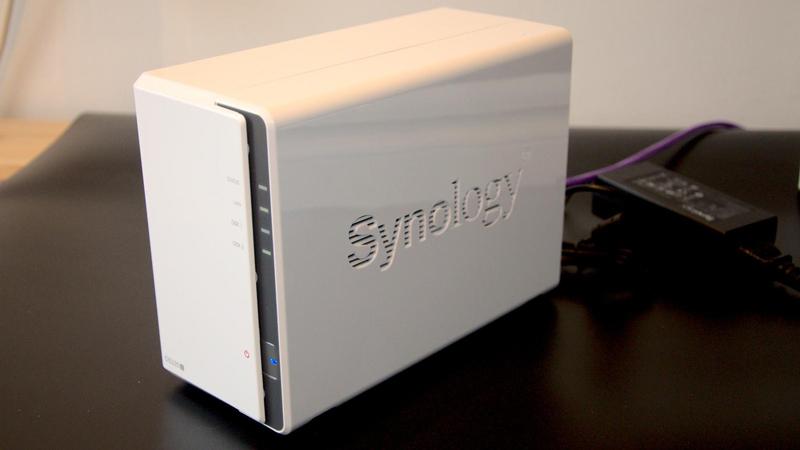
- Pros
- Affordable
- Easy to use
- Upgraded processor
- Cons
Another version of Synology’s 2-bay NAS drive might not be a huge upgrade but if it ain’t broke don’t fix it, right.
This is still one of the best options on the market thanks to its continued accessibility and ease of use. The extra processor power and memory speed things up nicely making this the perfect device to sync files from multiple computers and distribute media around the home.
Those looking for extra bays and power should look at the DS4 range.
Read our full Synology DS220j review
QNAP TS-230 – Best Synology Alternative
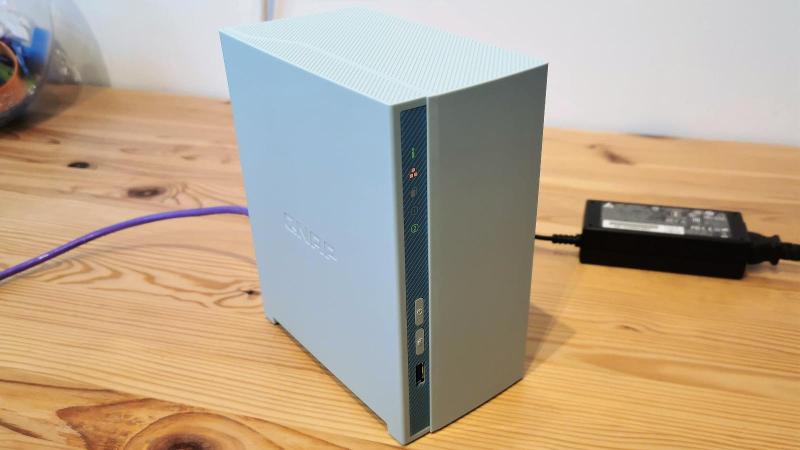
- Pros
- Stylish
- QTS 5.0 coming soon
- 2GB of RAM
- SSD Caching
- Cons
- Some apps need extra licenses
- Fewer apps than Synology
If we could do joint first then the QNAP TS-230 would be up there with the DS220j as it’s the best Synology alternative right now.
Not only does it offer a design that isn’t the boring old black or silver box, but it’s also got 2GB of DDR4 RAM as standard to run applications smoothly. For some, the wider range of apps on Synology’s platform along with BTRFS might swing it.
Still, even on EXT4, the TS-230 is an excellent value NAS drive that’s easy to use and perfect for home or small office use.
Read our full QNAP TS-230 review
Asustor Lockerstor Drivestor 2 Pro AS3302T – Best for 2.5GbE LAN
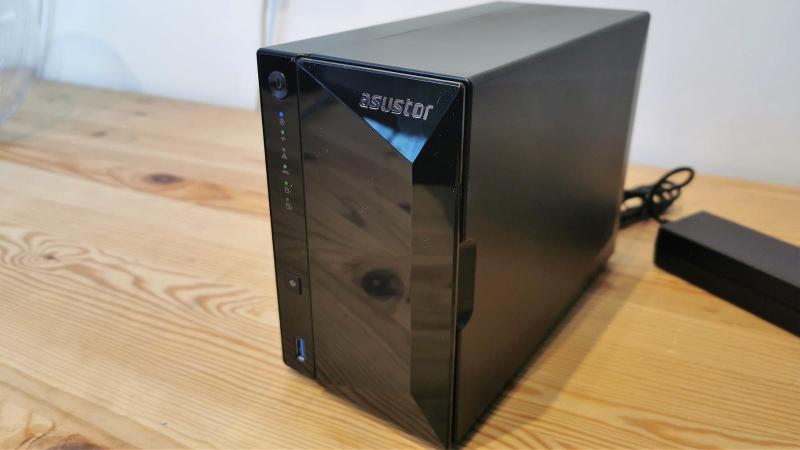
- Pros
- 2.5GbE LAN port
- Plenty of apps
- Powerful power
- Cons
- Can’t upgrade RAM
- Can’t use SSDs as cache
The Asustor Drivestor 2 Pro AS3302T was designed for those home and small business users that are embracing better than 1Gbit LANs.
It isn’t a cheap NAS but offers enhanced LAN performance for those using 2.5GbE. There’s also HDMI and NVMe slots that can be used for storage or cache making this a tempting NAS for enthusiasts.
Asustor and third-party applications are available for a wide range of uses, but make sure these include the functionality you need for your deployment.
Read our full Asustor Drivestor 2 Pro AS3302T review
QNAP TS-251B – Best for HDMI
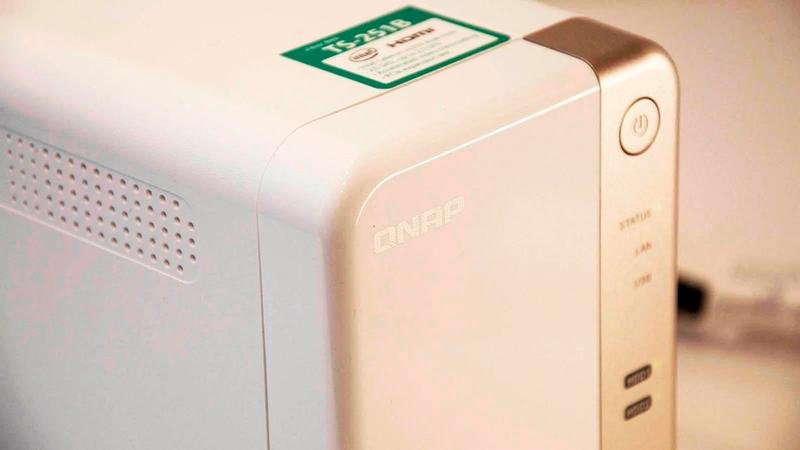
- Pros
- Compact
- HDMI output
- Versatile
- Cons
The QNAP TS-251B is a great choice for a NAS drive if you’re not looking for one of the cheapest models around. It does the job on the design and build front, but more importantly, offers an excellent range of specs and features.
QNAP might be a little behind Synology on the app front, but the selection is still decent and we’re increasingly impressed with the user interface.
Combined with a powerful processor and HDMI output, this can be used like a tiny PC. It’s a great media player and you can even run office software on it if you like.
Read our full QNAP TS-251B review
TerraMaster F2-210 – Best Budget
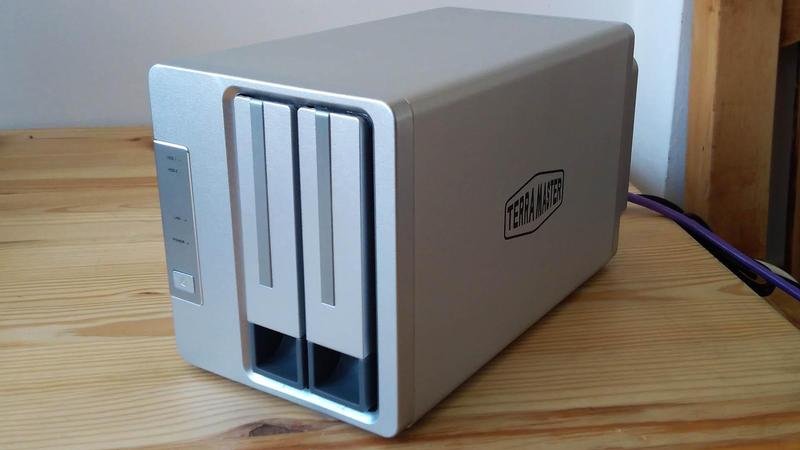
- Pros
- Cheap
- Easy to use
- Versatile
- Cons
- Limited performance for encrypted storage
As long as a 2-bay drive is enough, the TerraMaster is an excellent value for money option in the NAS drive world. It’s well-made, easy to set up and use, then runs quietly and efficiently.
Importantly, it offers much of the same specs and features that you’ll find on much more expensive rivals such as Synology. If you just want a fairly simple NAS drive for home or small office use without spending too much then this is a great option.
The F2-210 is perfect for tasks like basic file serving, backup and management.
Read our full TerraMaster F2-210 review
Synology DS420j – Best 4-bay
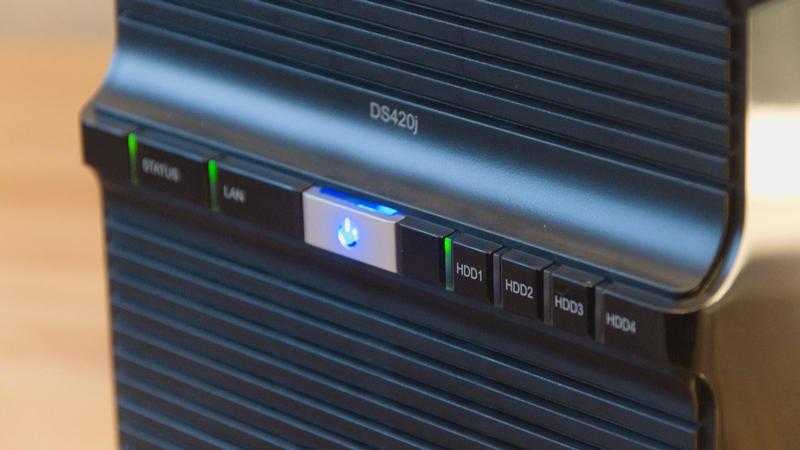
- Pros
- Good value
- User friendly
- Quad-core processor
- Cons
- No extra RAM
- Similar to predecessor
As we expected, the DS420j is yet another solid NAS drive from Synology representing a decent balance of price, specs and features.
That’s because it’s extremely similar to the older DS418j that it replaces. What you get here is a quad-core processor instead of dual-core helping with running lots of apps simultaneously. However, there’s no additional RAM so look to the DS418 (flagship model without the j) if you need more performance.
The DS420j still comes recommended by us, just check the price of the DS418j now it’s the older model – especially if you won’t make use of the more powerful chip here.
Read our full Synology DS420j review
TerraMaster F5-422 – Best 5-bay
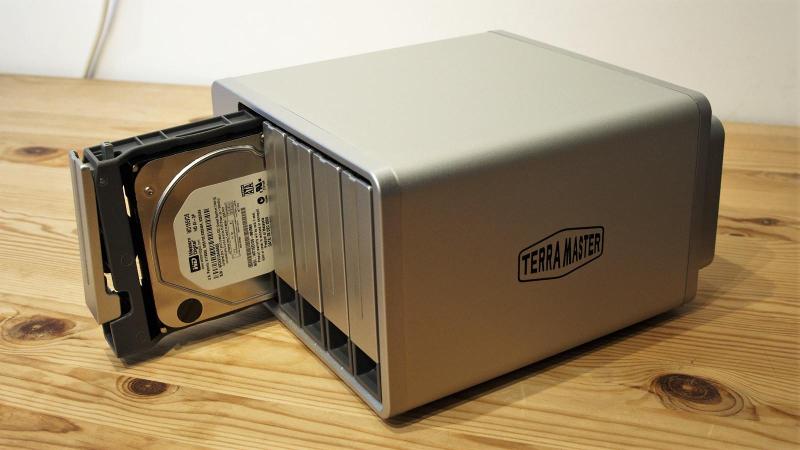
- Pros
- Powerful
- 10GbE LAN
- Upgradeable to 12GB RAM
- Five Bays
- Cons
- Lacks USB 3.2 Gen 2 ports
- No PCIe slot
- Tricky RAM upgrade
TerraMaster continues to offer excellent value for money in the NAS drive market with attractive alternatives for those who can’t afford Synology or QNAP models.
While the F5-422 might just seem like a 5-bay version of the F4 for more money, there’s a lot that can be done with an extra drive. It doesn’t have a PCIe slot or USB 3.2 Gen 2 but you can cleverly use it as a local storage device as well as a network resource.
With 10GbE LAN, plenty of processing power and the ability to upgrade the RAM to 12GB if you like all add to the charm. The TOS 4.2 OS has got a lot better over time, too.
Read our full TerraMaster F5-422 NAS review
Asustor Lockerstor 4 AS6604T – Best 4-bay Synology Alternative
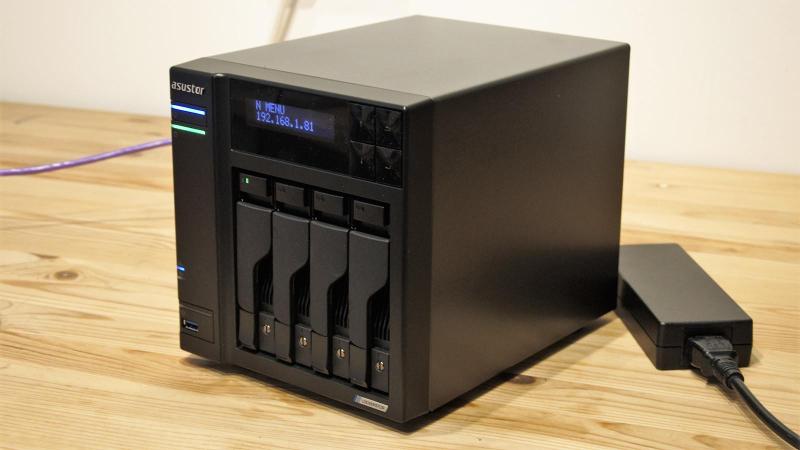
- Pros
- Powerful CPU
- NVMe slots
- HMDI 2.0 output
- 2x 2.5GbE LAN ports
- Cons
- No PCIe slot
- App selection could be better
The Asustor Lockerstor 4 AS6604T is a high-quality design that’s packed with exactly the features that NAS owners most want including a display, powerful processor and HDMI 2.0.
It isn’t cheap, but it delivers a highly flexible NAS where the design can be significantly enhanced through the adding of user-installed hardware via the NVMe slots.
Asustor and third-party applications are available for a wide range of uses, just make sure these include the job you intend to deploy the NAS to do before purchasing.
Read our full Asustor Lockerstor 4 AS6604T review
Synology DS720+ – Best Performance
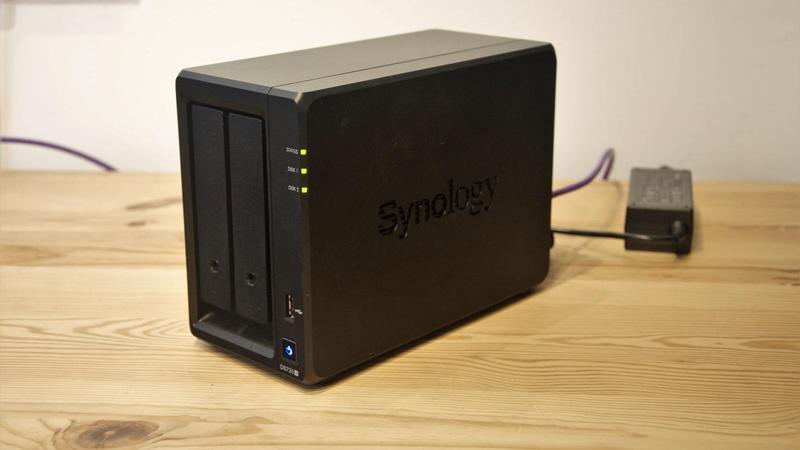
- Pros
- Snappy performance
- NVMe cache options
- Great expansion potential
- Cons
- No 2.5GbE LAN
- USB limited to Gen 1
- External drive uses eSATA
Synology once again updates an existing model with upgrades, and the DS720+ even gets physical design tweaks, too!
Those looking for a 2-bay will find plenty of performance available here as well as NVMe caching options and excellent expansion potential. You also, of course, get the firm’s class-leading DSM operating system.
On the downside, the 720+ lacks 2.5GbE LAN Ports, USB is limited to Gen 1 speeds and connecting an external drive uses eSATA. So, a cheaper 4-bay with 2.5GbE might be a better choice if you’re not tied to Synology.
Read our full Synology DS720+ review
WD My Cloud Home – Best Style
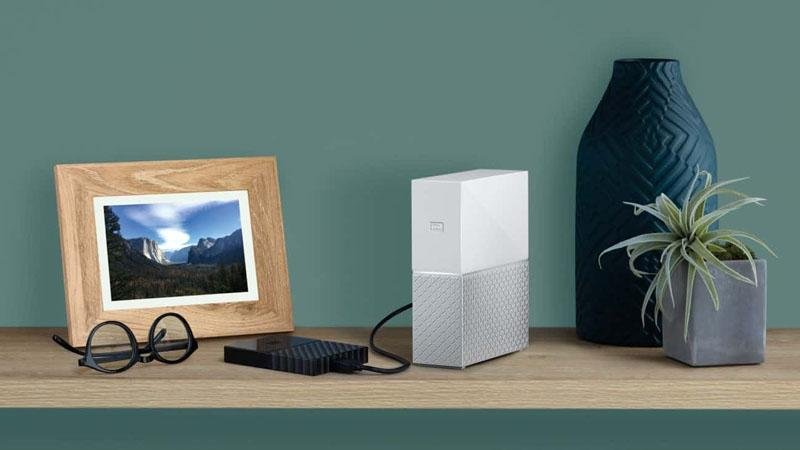
- Pros
- Compact & stylish
- DLNA support
- Storage built-in
- Cons
The design and styling of the hardware in the My Cloud Home is top-notch, with all its issues lying in the software components provided for it.
The underlying platform is a solid one for which WD hardware engineers should be proud, and the software team needs to better support.
The My Cloud Home can provide DLNA storage to access with a smart TV or a personal cloud solution, but those that want more should consider Synology, QNAP or the higher-end WD My Cloud products.
Read our full WD My Cloud Home review
How to choose a NAS drive
NAS stands for Network Attached Storage. Put simply, it’s a big hard drive that connects to your router so you don’t need to plug directly into it to access the storage.
They make it easy to access your music, movies, photos and documents anywhere at all times. One of the most popular reasons to buy a NAS drive is for media playback. Your personal video library can be viewed on your TV, without having to connect a laptop. A bit like having your own Netflix.
Similarly, you can use an app on your phone to control music playback, much like your own personal Spotify. A NAS drive will use much less power than a regular PC, too. For ease of setup and ease of use, a dedicated NAS drive is hard to beat.
Hard disks for NAS drives
One of the first decisions to make is capacity. Try to work out how much storage you need right now, and what you’ll require five years from now. Many NAS drives come with no disks at all – these are known as diskless or bare drives.
The advantage is that you can choose the drives you want and easily upgrade them later on.
You can now get disks up to 12TB in size, and you can expect to pay around £300 for one. A 4TB drive specifically for NAS use will set you back about £100. NAS drives usually cost slightly more than normal PC hard drives, but it’s worth spending the extra because they’re designed to run constantly and tend to have a better warranty.
Hard disks designed for NAS use include more secure construction providing more resistance to vibration, which makes a lot of sense for a drive that’s designed to be on the whole time. They also offer power management so they can adjust performance based on their temperature.
A popular choice is the WD Red range. You can buy the 6TB version for around £150 from Amazon, and the 3TB is around £100. It’s better to buy two disks and configure them in a RAID, rather than rely on just one disk.

Can I use an SSD drives in a NAS?
Although it’s common to use a traditional hard drive inside a NAS box, you can use SSDs (solid state drive) in some. You might even be able to use a PCIe NVMe SSD as a cache to improve performance.
However, you should choose an SSD designed for use in a NAS drive such as the Seagate IronWolf 110 or Western Digital Red SA500. Thanks to things like DuraWrite technology, they are purpose-built for continuous use, which is critical inside a NAS.
The downside of choosing SSDs is the limited capacity as they typically max out at 4TB. The other drawback is the much higher cost.
What is a RAID?
RAID stands for redundant array of inexpensive disks. RAID can be quite complex but at a basic level, you’ll want to use it primarily to provide redundancy so if a disk fails your data is still safe. Three of the most popular variants are RAID 1, 5 and 6.
Most NAS drives will offer at least two bays, which means that you can set them up as RAID 1. In this scenario, the second drive is a mirror of the first, so if one drive fails completely all your data is safe on the other. You can then replace the faulty disk, and rebuild the RAID array.
RAID 5 requires at least three drives and offers parity data. That means a RAID 5 array can withstand a single drive failure without losing data or access to data. As data is ‘striped’ across three drives, reads are fast, but at the expense of slower writes because of having to also write the parity data.
RAID 6 meanwhile requires four drives but offers both striped and dual parity, so two drives could fail and the RAID could still recover.
Whichever you choose however, don’t consider your NAS to be the only backup of your data. If the box just dies, or if something catastrophic happens like a fire, you’ll still lose all your data. To mitigate this you’ll want another external backup, preferably to the cloud.
Apps
After storage, the next main concern is software and features. We prefer NASes which have an app store where you can download popular apps such as Plex instead of forcing you to use the manufacturer’s own media software.
Some NAS drives also offer apps for Android and iOS, which make it a lot easier to get to your photos, videos and music from your phone or tablet.
Our reviews explain exactly which apps you get with each NAS.
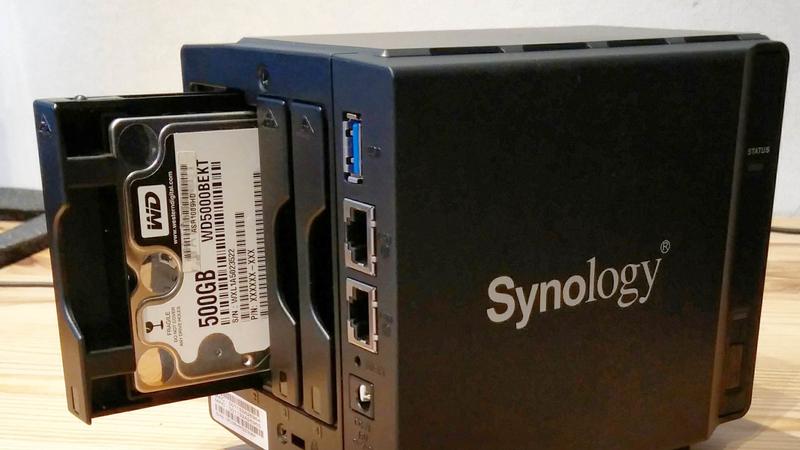
Remote access
You’ll probably need remote access to the files on your NAS when you’re not at home. Previously this…
